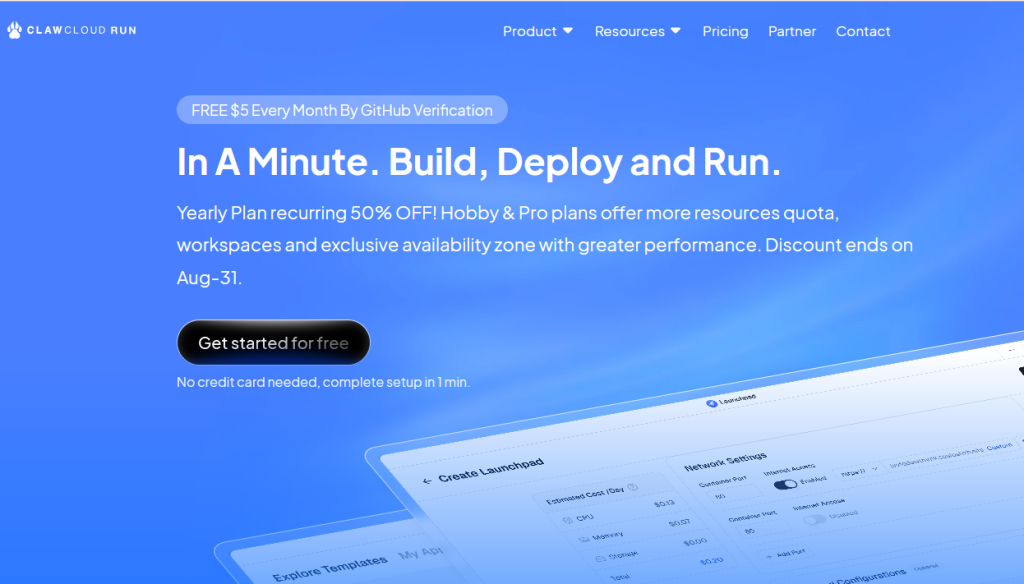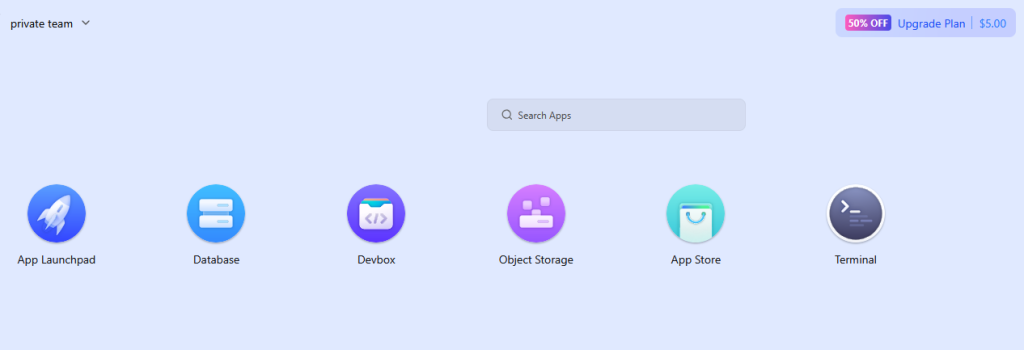The Backstory That Breaks Startup Rules
In 2023, two Gen-Z founders—both born in the 1990s—launched an AI-powered whiteboard tool called Poppy AI. Within just twelve months, it hit a jaw-dropping $500 million valuation and crossed $3 million in annual revenue.
Neither founder could code. Neither had a Silicon Valley network. They didn’t raise millions from venture capital. What they had was a painfully simple product, an obsession with solving the right problem, and an unshakable belief in their mission.
Most AI startups burn out in six months. Poppy AI became a category leader. This case study breaks down exactly how they did it—and how you can adapt the same principles for your own product or service.

1. Solve the Real, Expensive Problem—Not the Obvious One
The AI space is crowded. Thousands of tools promise to “generate content faster.” But faster doesn’t mean better—and speed doesn’t help if creators are stuck at the idea stage.
Poppy AI took a different approach: eliminate creative paralysis.
Instead of flooding users with generic outputs, Poppy AI delivers 20+ proven content frameworks tailored to the user’s niche. Type in a keyword, and you’ll get everything from detailed YouTube video scripts to storyboard visuals and high-converting landing page drafts.
Case in point: One content creator used a Poppy-generated script for a single YouTube video. That video attracted 80,000 viewers and converted them into paying customers. For a solo entrepreneur, that’s not a productivity boost—it’s a business breakthrough.
Your move: Identify the choke point your market struggles with. It’s rarely the most visible problem. Focus on the friction that stops them from taking action, and your solution will feel indispensable.
2. Deliver Service Levels That Feel “Excessive”
Poppy AI’s founders understood a hard truth: in SaaS, signing up is easy—staying is hard. Most tools onboard a user once and never interact again. Poppy flipped that script.
They offered:
- 500 one-on-one coaching sessions every single month.
- Step-by-step guidance until a user created their first piece of viral content.
These weren’t quick “how-to” calls—they were hands-on strategy sessions, often tailored to the user’s niche, audience, and monetization model.
The payoff? Their refund rate sits at 7%, less than half the industry average (15–30%). But the hidden benefit was even bigger: customers became brand advocates, posting about Poppy AI in online communities, referring friends, and sharing their success stories.
From an SEO perspective, this approach generates “loyalty signals”:
- Longer dwell time on site
- Higher repeat visits
- More branded searches
These signals not only improve customer retention but can indirectly boost organic rankings, as search engines see a product people actually use and return to.
3. Use Pricing Psychology to Make Your Mid-Tier Plan the Star
Poppy’s pricing model is a masterclass in the decoy effect—the idea that introducing a premium option can push more buyers toward your target plan.
Here’s how they did it:
| Tier | Price | Role in Strategy |
|---|---|---|
| Basic | $40/month | Establishes a low anchor point for perceived value. |
| Pro (Best Value) | $400/year | Positioned beside the expensive tier to feel like a bargain. |
| Lifetime | $1,200 once | Serves as a “decoy” to make the Pro plan more attractive. |
By simply positioning the $400/year plan as the “smart choice” next to the $1,200 lifetime option, 40% of customers chose Pro. This doubled revenue despite a 3x price increase from their original monthly plan.
Your move: Introduce a premium decoy plan—even if you don’t expect many to buy it. Its real job is to make your main plan irresistible.
4. Build for Yourself Before You Build for the Market
The founders describe their approach as “Founder-Product Fit”—a term less famous than “Product-Market Fit” but arguably more important in the early days.
They didn’t create Poppy AI for “the market” at first. They built it because they needed it themselves, using it daily to speed up content creation and marketing campaigns. This firsthand usage allowed them to refine features based on real frustration—not assumptions or surveys.
Even when revenue was zero, they had conviction the tool was valuable—because they couldn’t imagine working without it. That clarity kept them moving forward when many founders would have quit.
Your move: If you wouldn’t pay for and use your own product daily, think twice before building it.
5. Action Plan to Clone This Model
You don’t need a $500M valuation to apply these lessons. Here’s a practical starting point:
Step 1: Identify the Real Pain Point
Interview your target audience. Find the problem that keeps them stuck—not just the one they complain about most.
Step 2: Build the Simplest Possible Solution
Use no-code tools like Bubble, Softr, or Webflow to ship a minimal but functional version quickly.
Step 3: Overdeliver for Your First 100 Users
Offer free short consultations or audits. Help them get a measurable win.
Step 4: Implement a 3-Tier Pricing Model
Include a premium “decoy” plan to make your mid-tier the obvious choice.
Step 5: Be Your Own Best Customer
Use your product daily. The insights you’ll gain will outpace any formal research.
Industry Context: Why Poppy’s Model Works in 2025
The SaaS and AI tool market is saturated. In 2024 alone, over 2,000 AI-powered tools launched on Product Hunt. Most faded within months. The reasons are consistent: weak differentiation, low customer retention, and overreliance on “launch buzz.”
Poppy’s approach avoids these pitfalls by:
- Focusing on deep customer problems rather than surface-level trends.
- Investing in high-touch service that competitors dismiss as “unscalable.”
- Using pricing strategy as a growth lever, not just a monetization afterthought.
- Building from personal need rather than chasing external validation.
In a market that rewards short-term hype, Poppy chose long-term loyalty—and won.
Key Takeaways
- Solve emotional and operational pain points—features matter less than outcomes.
- Service is retention’s best weapon—loyalty beats acquisition every time.
- Pricing psychology can multiply revenue without changing the product.
- Founder-product fit fuels resilience when traction is slow.
- Be intentional about SEO signals—engaged users, branded searches, and referrals are powerful organic growth drivers.



